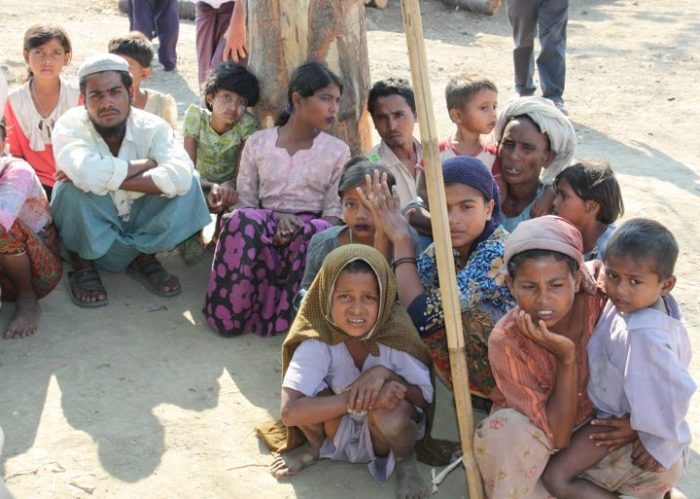
The article “From media to hypermedia: Journalistic representations of Rohingya refugees and humanitarian communication” by Bimbisar Irom and Stephanie Gibbons from Washington State University analyzes two media artifacts:
one on traditional media and one a special report.
The article is a comparative analysis. The first artifact for analysis won the Pulitzer Prize for Feature Photography in 2018, while the second is a multi-mediated special report titled ‘Massacre in Myanmar’. Both can be grouped under the rubric of humanitarian journalism. By it, the authors hope to shed light on how humanitarian journalism has evolved.
In the literature review, the authors quote previous studies that have found some problematic aspects in traditional Western depictions of Rohingya refugees, even if they have evolved.
Even many recent news stories can be categorized as employing orientalist tropes: presenting the Third-world victims as unable to help themselves, thus justifying intervention. Then, an ‘emergency imaginary’ is constructed, which often presents the crisis as being a very sudden outbreak from normalcy, which can dilute the complicity in the crisis and obscure long-term solutions.
The authors note that some of the Pulitzer Prize winning photographs of Rohingyas fall into ethical dilemmas. An aerial scene that shows the destruction of the camp but neither the perpetrators or the victims can be seen as othering the victims, while typical depictions of refugee masses tend to anonymize the people depicted. Some pictures go against the grain and show an individual, but even they are ambivalent. This is the case with a photo of a 7-year old shot in the chest, distance is added by not showing the face, just the wound. The pictures do contribute to what is termed construction of the ideal refugee.
The report ‘Massacre in Myanmar’ is made for the explicit purpose of providing human face to the massacre, so it focuses on 10 specific victims. Another purpose for the report is to counter the government propaganda. There is more engagement with the human aspects through the interactive hypermedia interface, which adds a humanizing dimension to the report.
The hypermediated report is still criticized on the grounds that the video segment embedded in it is Western-focused and othering, as only a Western journalist is given voice in it while the refugees are all silent.
The authors conclude that power relations are present in all mediated interactions. They can be seen in both sample cases – the problems within the media report carry on to hypermedia.
The article “From media to hypermedia: Journalistic representations of Rohingya refugees and humanitarian communication” by Bimbisar Irom and Stephanie Gibbons is in Journalism. (free abstract).
Picture: Displaced Rohingya people in Rakhine State.
License Wikimedia Commons.